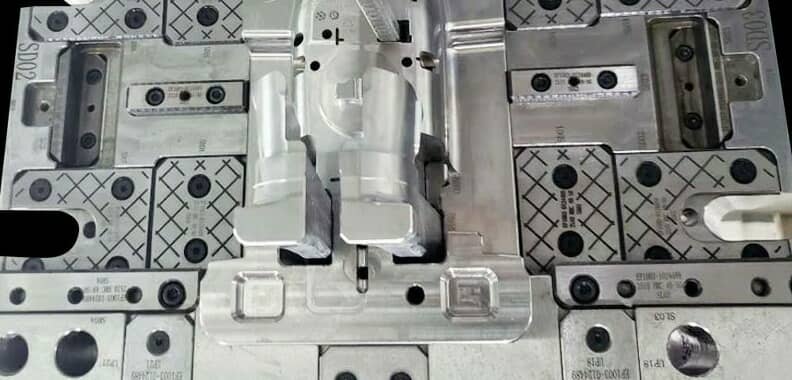8 key considerations for injection molding design
Plastics are formed and shaped similarly to metals. It is necessary to consider 3 components when determining the appropriate material on how to design an injection molding:
- (a) functional requirements,
- (b) long-term consequences (dimension stability and wear resistance), and
- (c) how the product will be disposed of after it is no longer needed.
This section outlines the general design guidelines for parts made from plastics and composites:
- As a result of plastics’ inherent flexibility, it has been demonstrated that plastics can be used to manufacture a wide variety of shapes and sizes of parts. In theory, the production of complex parts with both internal and external features can be relatively easy and straightforward. Because injection molding and powder-injection molding are capable of producing complex shapes and thin walls, they are quite competitive with die casting. You should consider the fact that the materials involved are quite different – each possessing characteristics that are essential to a particular application.
- Plastics are much softer and less rigid than metals. The sectional shapes and sizes should be carefully chosen in this regard. If needed, a high section modulus can be achieved using principles similar to that used in I-beams and tubes. Curves can be used to stiffen large, flat surfaces. Venetian blinds, for example, have very thin slats that are gently curved despite their rigidity. We will use a garden tractor as an example of a simple design approach by comparing a sheet metal and a plastic hood. By reinforcing with fibers or particles, it is also possible to achieve lightweight and stiff designs.
- An individual process for shaping or molding a part is often determined by its overall shape and thickness. When a particular process is selected, the parts and dies should be designed so that they won’t present difficulties in generating the proper shapes, in controlling dimensions, or finishing the surfaces. Since the properties of thermoplastics are not as stiff as metals, dimensional tolerances (especially for thermoplastics) are not as tight as with metalworking. Injection molding, for instance, has much smaller dimension tolerances than thermoforming. It is crucial to control the flow of materials in the mold cavity when casting metals and alloys. When a polymer is processed by extrusion, thermoforming, or blow molding, the impact of molecular orientation should also be taken into consideration.
- The shape should not be changed in an abrupt way, or with large variations in area and section thickness. As an example, the top piece in FIG. 1 shows sink marks (pull-in). Thicker sections solidify last, thus the reason for 19.31c. Furthermore, plastic parts, as well as metal ones, tend to have porosity as a result of contraction in larger cross sections, which affects them negatively. On the other hand, if the part is too thin, it may be more difficult to remove it from the mold after shaping.
- Low elastic moduli of plastics further require proper shape selection for component stiffness, especially when a significant amount of material saving is essential. The considerations for designing polymer castings and forgings are similar to those that apply to the design of metal castings, as is the requirement for drafts (typically below one degree for polymers) for removing parts from molds. A general rule of thumb is that the recommended thickness for small parts is 1mm (0.04 in.) and the thickness for large parts is 3mm (0.12 in.).
- Properties such as thermal expansion (and their high coefficients) are extremely important. The design or assembly of a part can cause distortion (warping) and uneven shrinkage. Metal parts and inserts can be mold-ed easily around plastics; however, their compatibility with metals, when molded by metals, is a critical consideration.
- Cold processing can strengthen and toughen polymers in some cases. The strength and toughness of polymers that have been cold worked, for example, are increased. Polymer residual stresses are nevertheless created in a similar way to residual stresses in metals due to nonuniform deformation (including simple rolling). These stresses can also be caused as a result of thermal cycling during the manufacturing process. Residual stresses (however they may manifest) are a primary cause of stress cracks. Stresses also release with time, which may result in the part becoming distorted during its service life.
- Reinforced plastics offer significant design advantages due to their directional strength. Fibers are much stiffer and stronger than the resin matrix and are able to transfer external forces to the material. The resulting composite material is exceptionally strong when all the fibers run in the same direction, but weak in the other directions.
As compared with filament winding, unidirectional layers are laid at different angles to maximize the strength in two primary directions. Sandwich construction uses interconnecting fibers (such as those made from woven fibers) to ensure strength along the third (thickness) direction.

